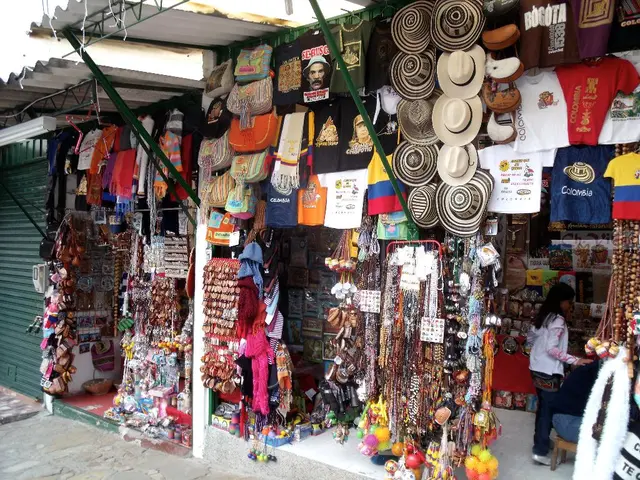Rich, 46-square-mile swathes of Greenland harbor immense worth, estimated in billions, due to their abundant mineral resources.
In the grand scheme of Earth's vast landmasses, 46 square miles might seem insignificant. However, this is roughly equivalent to San Francisco, a major urban hub driving California's economy and contributing to its ranking as the world's fourth-largest economy. Now, a similar-sized expanse—the Kvanefjeld plateau in Greenland—has gained global attention due to its immense reserves of rare earth elements, uranium, and other minerals.
According to reports from Reuters, this region in southern Greenland could meet up to 15% of the world's demand for rare earth elements, valuable commodities found in everyday electronics and military equipment. However, its future is clouded by historical, political, and cultural complexities that have made the Kvanefjeld project a contentious issue.
The region is home to some of the largest precious metal deposits ever discovered, sparking discussions about Greenland's economic independence on one hand, and raising concerns about environmental degradation and radioactive contamination on the other. The debate intensified in 2021 when the government imposed a ban on uranium mining, frustrating mining companies eyeing its resources for years.
Following the 2025 election, the ruling party responsible for the ban was voted out, leaving the Kvanefjeld's future uncertain under the newly proposed coalition government. Here's why this development on the world's largest island is worth watching:
- Government Support: The new administration in Greenland is eager to accelerate resource development, including the Kvanefjeld project, as a means to reduce economic reliance on Denmark.
- Environmental Concerns: Critics warn of potential disruptions to local ecosystems and long-term pollution risks due to the extraction of rare earth elements, uranium, and thorium. Strict environmental regulations are being considered to mitigate these risks.
- Technical Challenges: The complex process of extracting rare earth elements from the ore and managing radioactive waste presents technical hurdles that need to be addressed.
The most pressing issues surrounding the Kvanefjeld project revolve around environmental impact, radioactive waste management, economic implications, and technical challenges. As the new leadership navigates these challenges, informed decisions will shape not only Greenland’s future but also the global supply of rare earth elements, making it crucial to monitor developments closely.
- The new government in Greenland is prioritizing the advancement of resource development, such as the Kvanefjeld project, as a strategy to decrease economic dependence on Denmark.
- Environmental groups have raised concerns about potential disruptions to local ecosystems and long-term pollution risks due to the extraction of rare earth elements, uranium, and thorium in the Kvanefjeld project.
- Technical obstacles, including the complex process of extracting rare earth elements from the ore and managing radioactive waste, must be addressed to ensure the successful implementation of the Kvanefjeld project.
These issues are significant, as they have the potential to impact not only Greenland’s development but also the global supply of rare earth elements.








